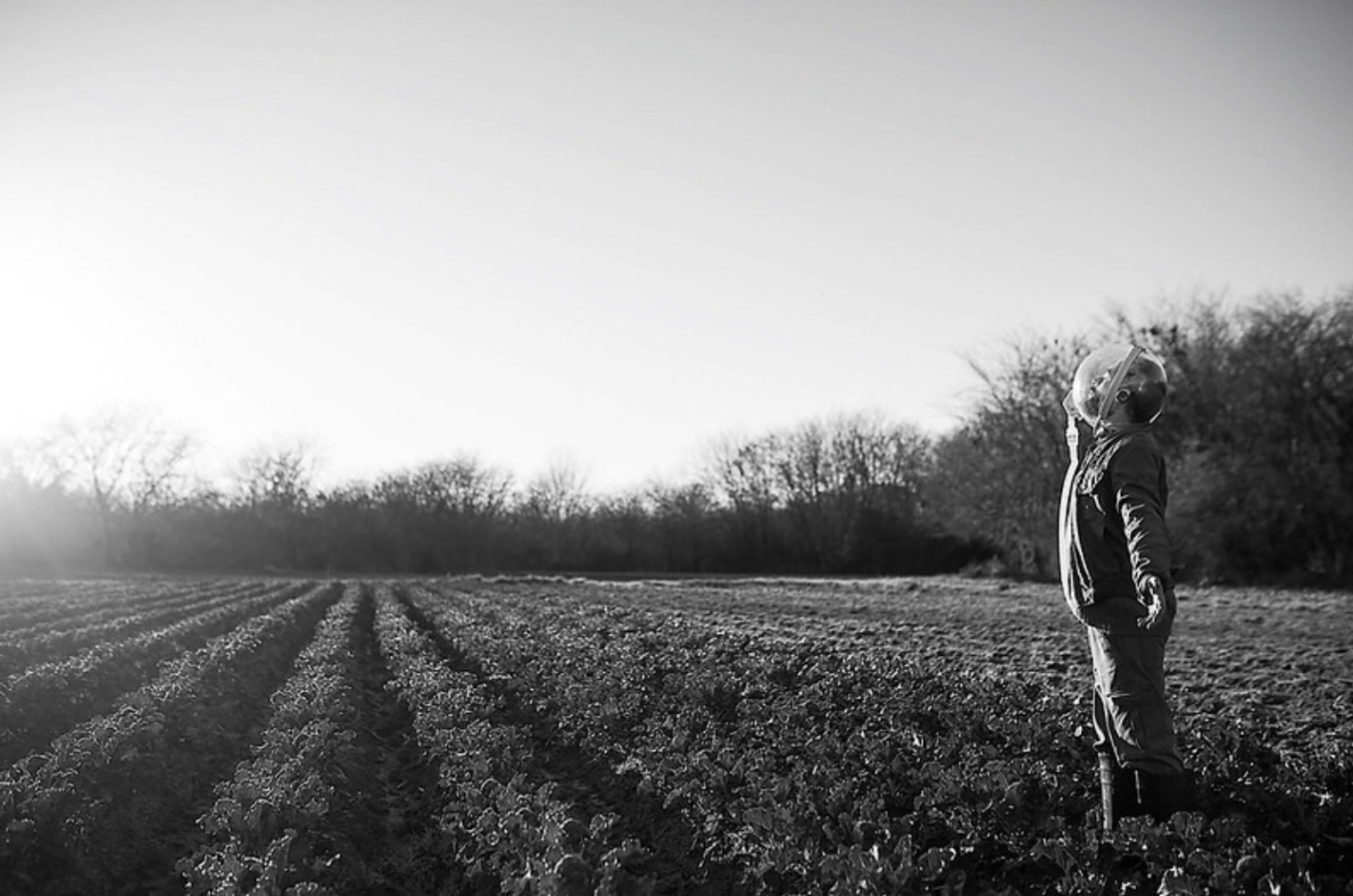Strange prophecy abounds in The Dog Who Wouldn’t Be Quiet, written and directed by Ana Katz. An understated exploration of human connection, the film follows thirty-something Sebastian (Daniel Katz) through a series of vignettes as he moves from job to job, meeting people and finding love, all while on the verge of apocalyptic events.
As we watch Sebastian move through his life, it’s easy to find comfort in the day-to-day minutia of someone going about their life, and the moments of joy and friendship he finds in the smallest of interactions. It’s a film whose nuances most likely stand out more after spending months in various forms of quarantine and lockdowns, cut off from those very same day-to-day moments we see Sebastian take. Both Katzs’—a brother and sister duo on this film—show a lot of vulnerability, Daniel through his quiet, wandering demeanor, and Ana through the episodes of Sebastian’s life she chooses to focus on. For example, a scene in which Sebastian pushes a cancer patient in a rolling chair around his house until he’s smiling takes more screen time than Sebastian meeting his girlfriend. It’s a perfect example of showing the in between moments of life’s adventures. Even with the film in black-and-white, these moments still feel so full of life, made possibly by Ana’s carefully crafted scenes.
Animation is also used throughout the film to showcase some of the more significant life moments, like the death of a pet or tragic, natural disasters. In this way, just like in real life, big, plot heavy events can oftentimes pass our notice, either through indifference or a survival technique. The animation keeps us distanced from the emotions associated with the actual event, while allowing them to properly unfold through the vignettes of Sebastian’s life.
An intentional focus on the working class and essential workers takes a front seat when Sebastian joins a co-op, working the fields and selling fruit and vegetables on the street with friends. When the apocalyptic events arrive, their importance is driven home even more when they’re the first ones we see affected.
Coming in at a slick 73 minutes, The Dog Who Wouldn’t Be Quiet is more about Sebastian’s life than the apocalypse. For most of the run time, it’s not even clear something’s about to happen, but that just points to a lot of people’s reality after last year. No matter where what we were doing, the COVID-19 pandemic disrupted everyone’s lives, seemingly out of the blue. It also prophesied the need for masks, as well as the way some people are left out of the emergency services needed to survive. Perhaps the scariest thing it gets right though is how normal the world seems afterward.
It is a strange feeling, to feel nostalgic for the beginnings of quarantine. Our world felt different, but it also felt like something was being done. For the most part, people were taking it seriously. But the frustrating part now is how we’re still here, and yet people act like we aren’t. Once we’re officially out of it, nothing will change, and there will be no repercussions for the hundreds of thousands of lives lost. The film saves the apocalypse for the last third of the runtime, emphasizing how short emergencies can feel, even while we’re still dealing with the aftermath months later. Last year was the longest year of our lives; on the other side of COVID, it’ll also be the shortest.
The Dog Who Wouldn’t Be Quiet understands how life-altering events can disrupt our quiet lives. It also understands how fleeting it can feel when nothing ever really changes. However, it also conveys the possibility of regaining the same comforts we may have thought gone forever.
Advertisement
Advertisement
